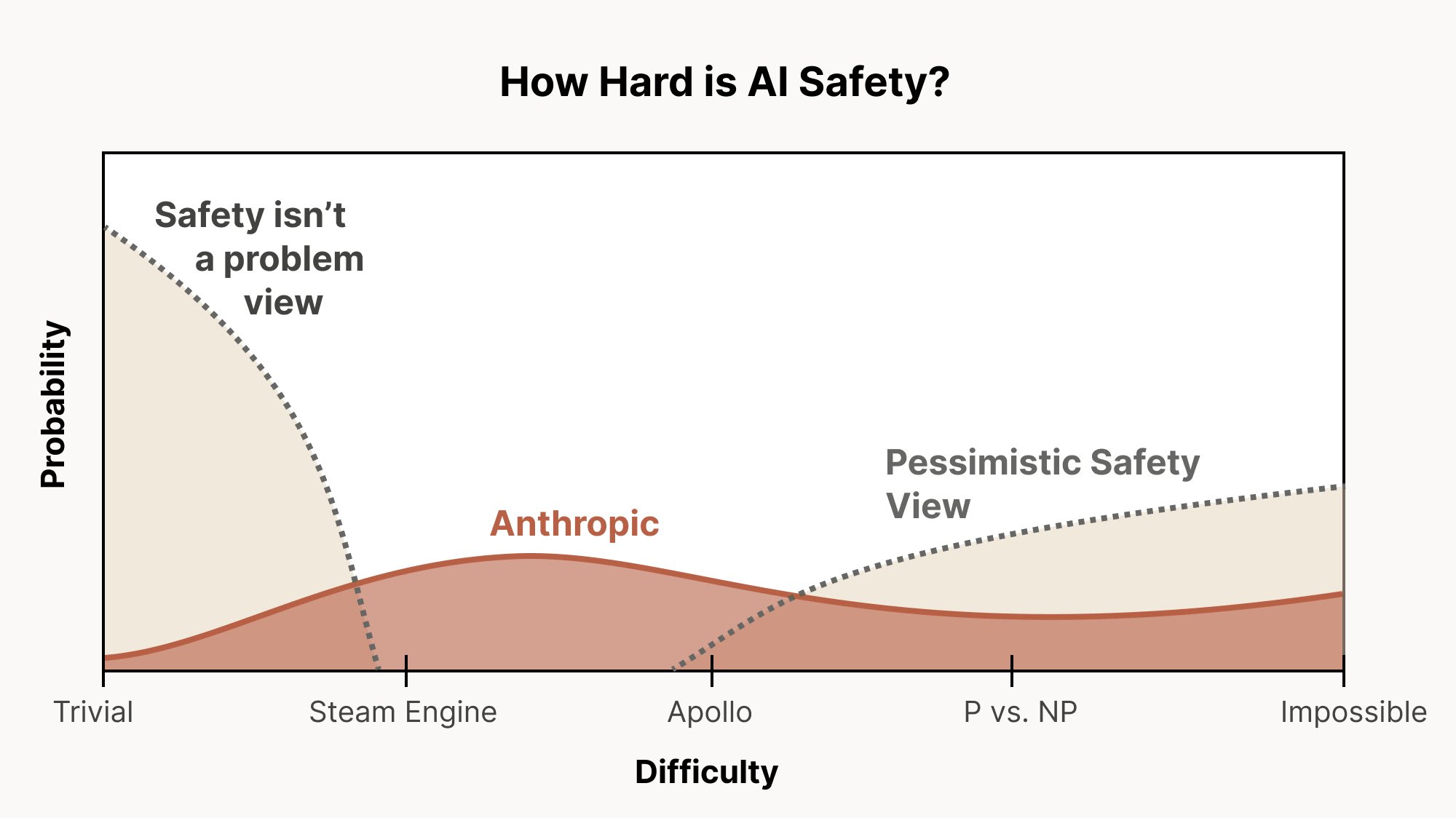Last year I did a caffeine cycling self-experiment and I determined that I don’t get habituated to caffeine when I drink coffee three days a week. I did a follow-up experiment where I upgraded to four days a week (Mon/Wed/Fri/Sat) and I found that I still don’t get habituated.
For my current weekly routine, I have caffeine on Monday, Wednesday, Friday, and Saturday. Subjectively, I often feel low-energy on Saturdays. Is that because the caffeine I took on Friday is having an aftereffect that makes me more tired on Saturday?
When I ran my second experiment, I took caffeine four days, including the three-day stretch of Wednesday-Thursday-Friday. I found that my performance on a reaction time test was comparable between Wednesday and Friday. If my reaction time stayed the same after taking caffeine three days in a row, that’s evidence that I didn’t develop a tolerance over the course of those three days.
But if three days isn’t long enough for me to develop a tolerance, why is it that lately I feel tired on Saturdays, after taking caffeine for only two days in a row? Was the result from my last experiment incorrect?
So I decided to do another experiment to get more data.
This time I did a new six-week self-experiment where I kept my current routine, but I tested my reaction time every day. I wanted to test two hypotheses:
- Is my post-caffeine reaction time worse on Saturday than on Mon/Wed/Fri?
- Is my reaction time worse on the morning after a caffeine day than on the morning after a caffeine-free day?
The first hypothesis tests whether I become habituated to caffeine, and the second hypothesis tests whether I experience withdrawal symptoms the following morning.
The answers I got were:
- No, there’s no detectable difference.
- No, there’s no detectable difference.
Therefore, in defiance of my subjective experience—but in agreement with my earlier experimental results—I do not become detectably habituated to caffeine on the second day.
However, it’s possible that caffeine habituation affects my fatigue even though it doesn’t affect my reaction time. So it’s hard to say for sure what’s going on without running more tests (which I may do at some point).
Continue reading
